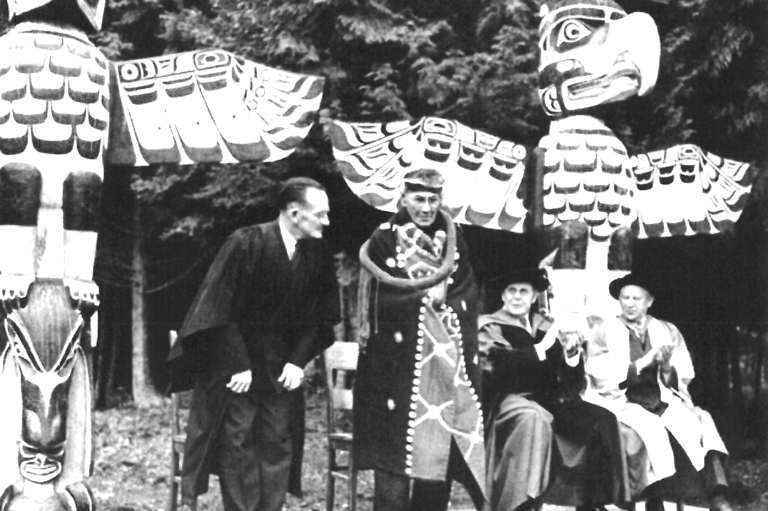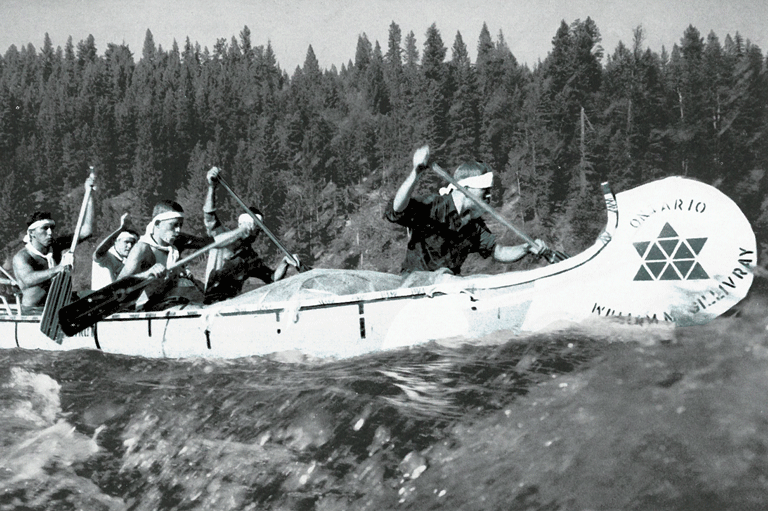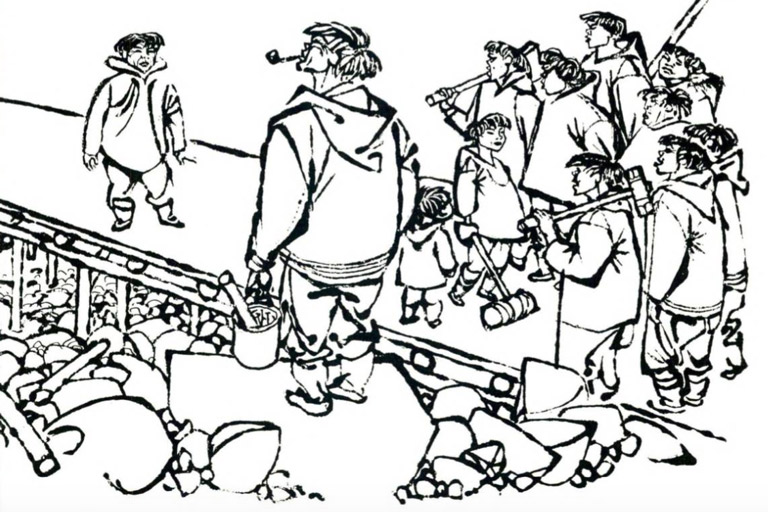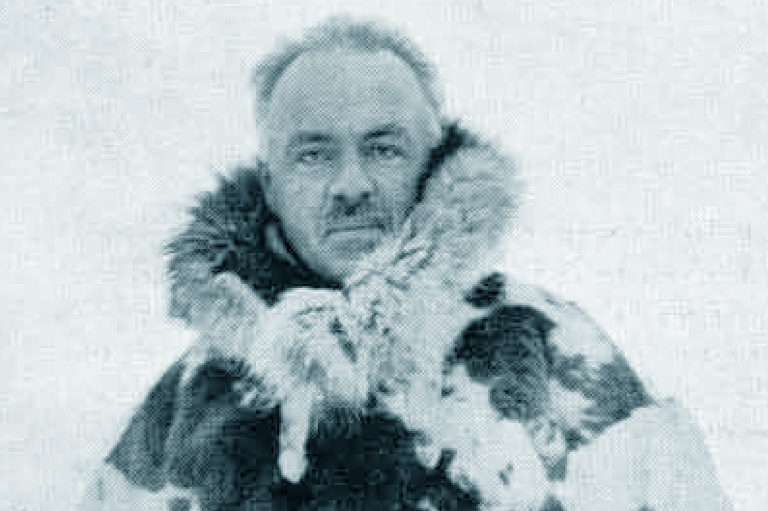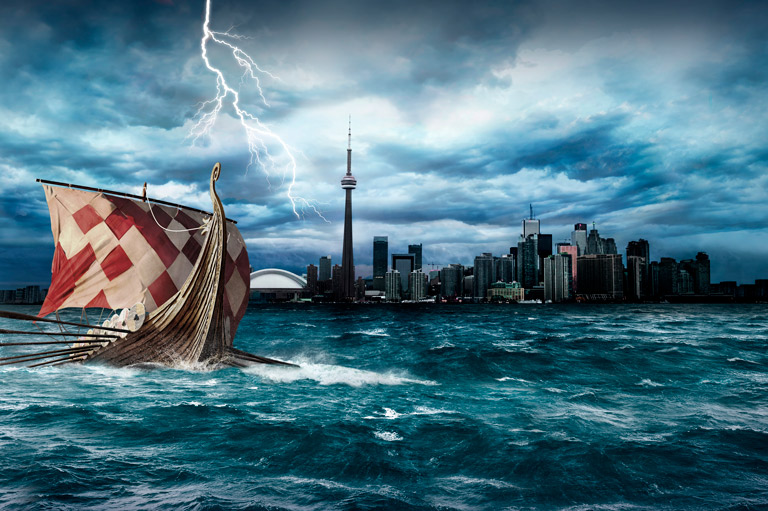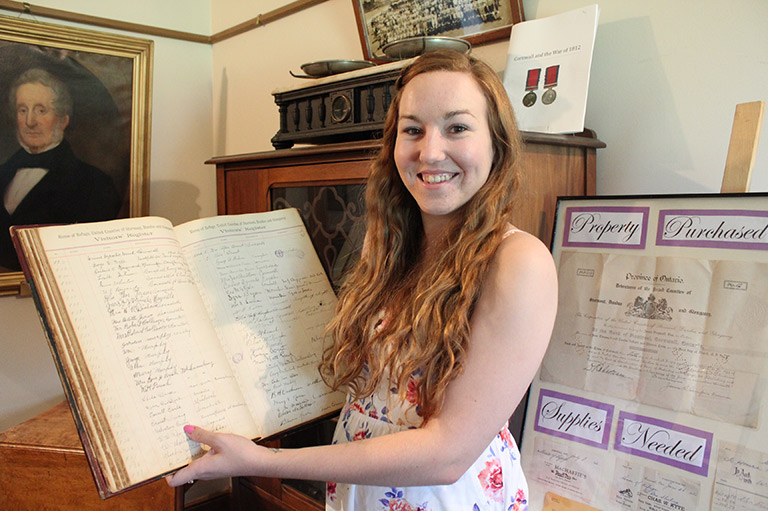In the Company of Explorers
-
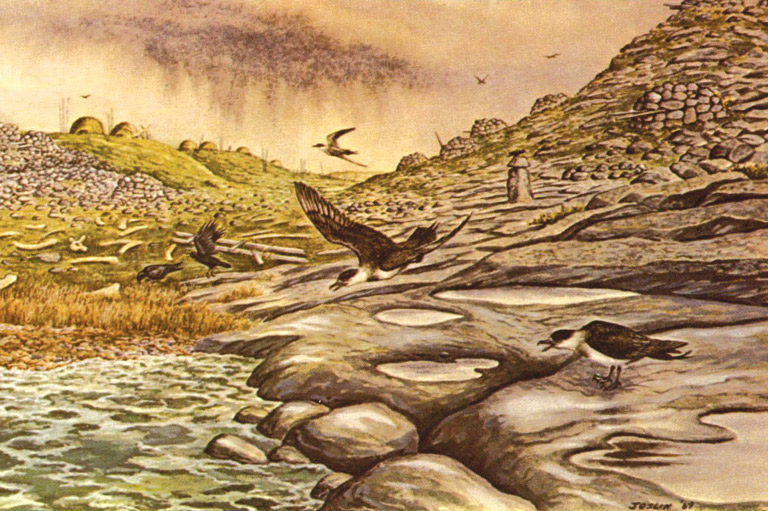 Charles Joslin painted the Hudson Bay island Silumiut as it might have appeared to explorer Luke Foxe in 1631.
Charles Joslin painted the Hudson Bay island Silumiut as it might have appeared to explorer Luke Foxe in 1631. -
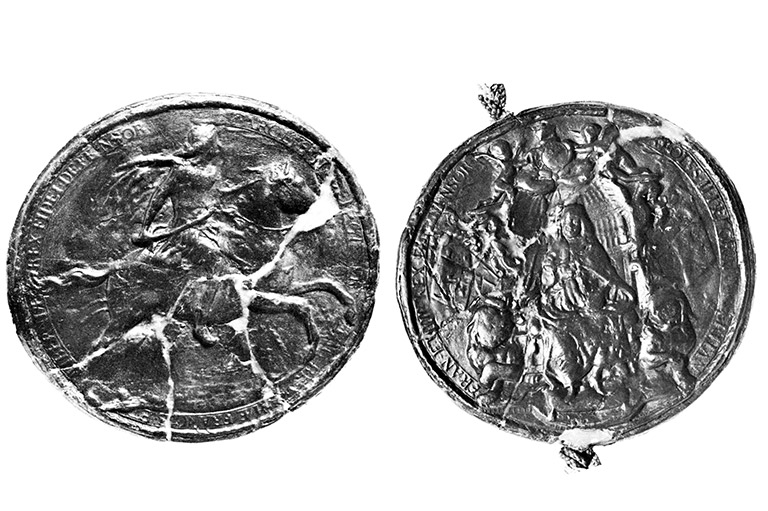 The obverse and reverse of the great seal on the Hudson's Bay Company charter. The seal was sometimes used as security for loans.
The obverse and reverse of the great seal on the Hudson's Bay Company charter. The seal was sometimes used as security for loans. -
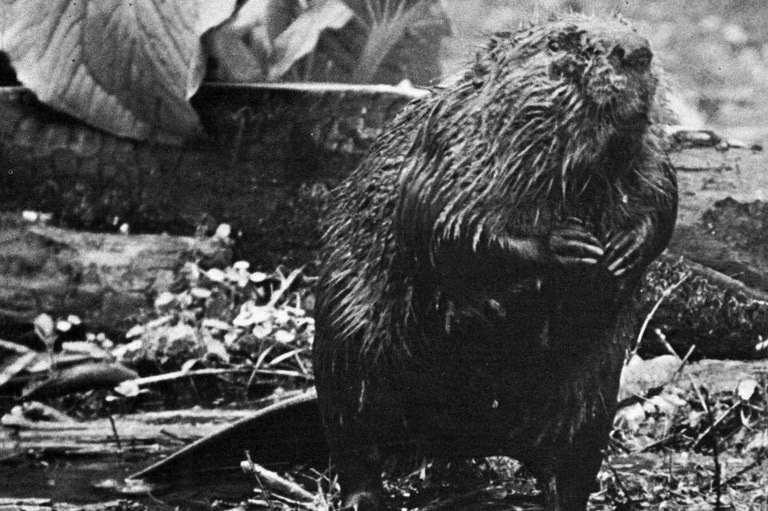 The beaver, Castor canadensis, is the largest rodent in North America. Explorer and trader Samuel Hearne noted that they were "remarkably fond of rice and plum-pudding."
The beaver, Castor canadensis, is the largest rodent in North America. Explorer and trader Samuel Hearne noted that they were "remarkably fond of rice and plum-pudding."
The Spring 1971 issue of The Beaver begins with two articles about the animal that was the impetus for the Canadian fur trade and thereby for the magazine’s publisher, Hudson’s Bay Company.
The first article, “Castor the Beaver: A Miscellany,” quotes trader, explorer, and surveyor David Thompson as saying that before Europeans arrived the land was “in the possession of two distinct races of beings, Man and the Beaver.” Often-fanciful historic illustrations of communities of beavers, and carefully made photographs of the animals in their habitat, are accompanied by factual information, historical impressions, and reports of encounters, such as from the May 13, 1966, edition of the Halifax Chronicle Herald, which reported: “A local woman today killed a forty-pound beaver in the field near her home, after it attacked her.”
An article by anthropologist Charles F. Merbs tells of the 1631 journey in Hudson Bay by Luke Foxe in search of the Northwest Passage. Foxe named a small island in honour of his benefactor, Sir Thomas Rowe, but its location eluded future explorers. Merbs’ article also documents his own 1967 trip the same area with the hope of identifying the island upon which Foxe had landed. After a process of elimination, Merbs concluded that it was the island Silumiut, which contains many historic Inuit graves.
“The Years of No Dividend,” by K.G. Davies, explains twenty-eight years early in the history of Hudson’s Bay Company — from 1690 to 1718 — when its stockholders, including King William, received no payments. After investing most of its early profits in forts, trading posts, ships, and goods, the company had delivered fat dividends between 1688 and 1690. But war between England and France, as well as a prolonged depression in the years after the large payouts, led to a dividend freeze that historian Douglas MacKay called “an almost unparalleled experience in any company story!”
In the same issue, Terry Smythe tells of a contingent of Buddhist nuns who in 1791 travelled from Ceylon to Montreal. From there they journeyed by canoe, arriving the next summer at Île-à-la-Crosse in what is now northwest Saskatchewan, where they founded a convent. Part of their journey was made with trader and explorer Alexander Mackenzie, for whom, Smythe speculates, the nuns’ “demands that the canoes be stopped thirteen times a day for prayers must have been exasperating.”
Themes associated with this article
Advertisement
You might also like...

Canada’s History Archive, featuring The Beaver, is now available for your browsing and searching pleasure!

